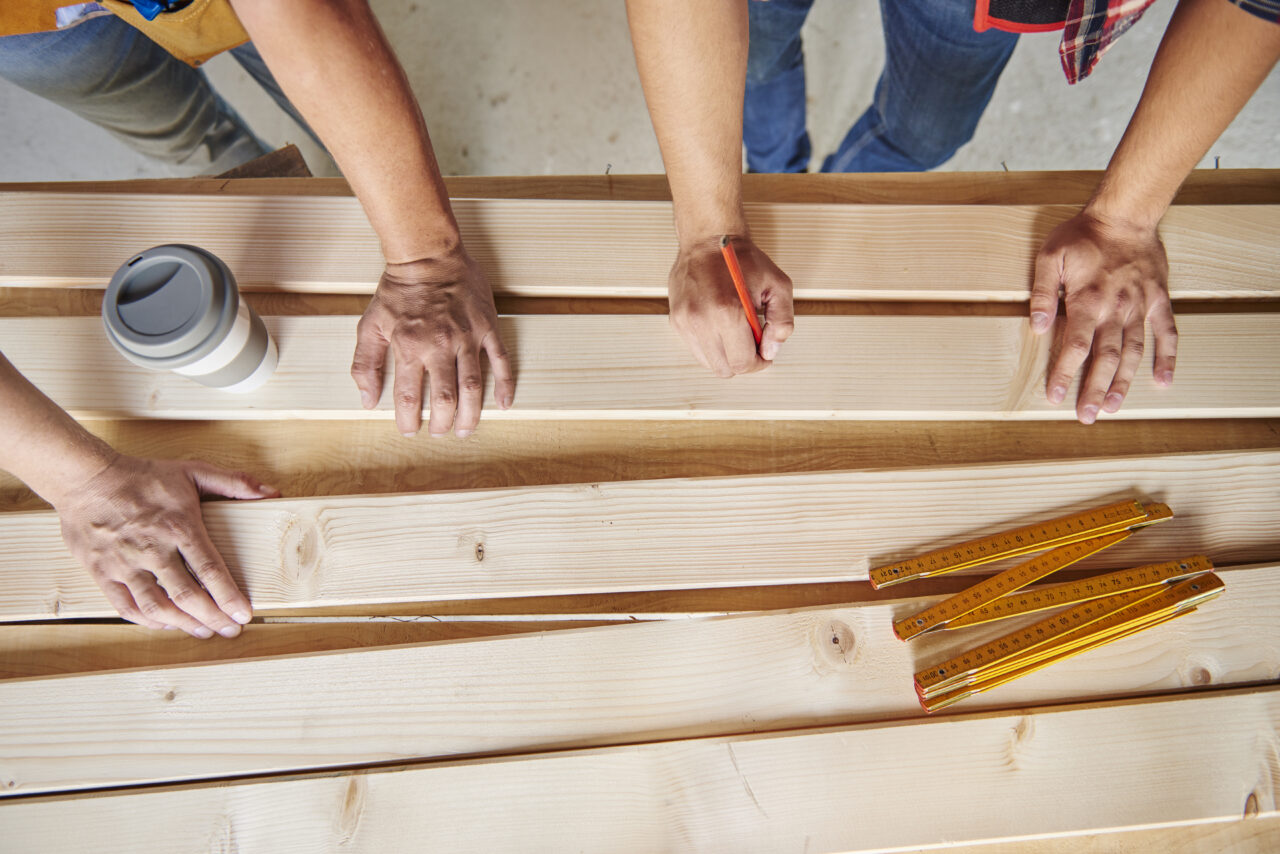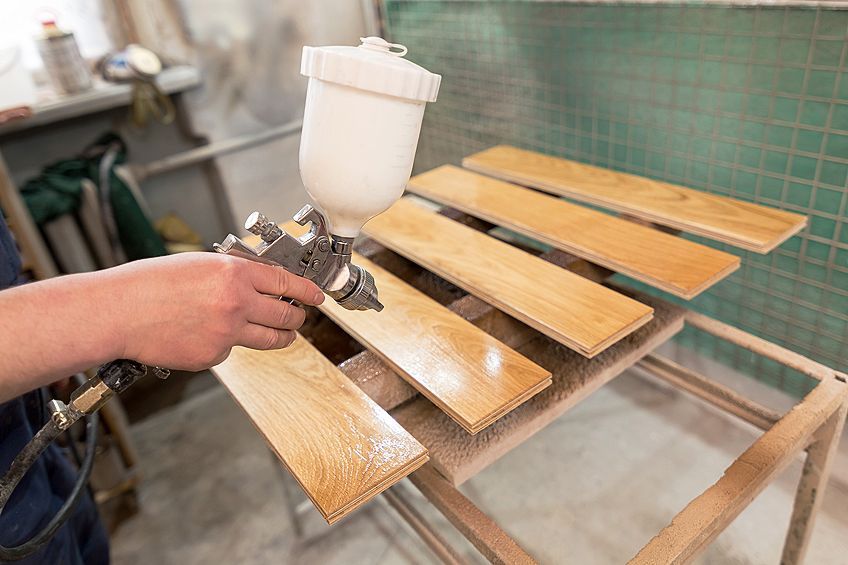
Proper care and maintenance of plywood products are essential to ensure their longevity and optimal performance. Whether you’re using plywood for furniture, cabinetry, flooring, or other applications, following these tips and guidelines can help preserve its appearance and structural integrity over time.
-
 Prevent Moisture Damage: Plywood is susceptible to damage from moisture and humidity, which can cause warping, swelling, and delamination. To prevent moisture-related issues, avoid placing plywood in areas prone to high humidity, such as bathrooms or damp basements. Use moisture barriers or sealants to protect plywood surfaces in areas exposed to moisture, such as kitchen countertops or outdoor furniture.
Prevent Moisture Damage: Plywood is susceptible to damage from moisture and humidity, which can cause warping, swelling, and delamination. To prevent moisture-related issues, avoid placing plywood in areas prone to high humidity, such as bathrooms or damp basements. Use moisture barriers or sealants to protect plywood surfaces in areas exposed to moisture, such as kitchen countertops or outdoor furniture.- Regular Cleaning: Dust and dirt buildup can dull the appearance of plywood surfaces and contribute to deterioration over time. Regularly dust plywood furniture, cabinets, and other surfaces using a soft, dry cloth or a vacuum cleaner with a brush attachment. For stubborn stains or dirt, dampen the cloth with water or a mild cleaning solution, such as a mixture of water and mild detergent, and gently wipe the surface. Avoid using abrasive cleaners or harsh chemicals, as they can damage the plywood finish.
- Sealing Plywood Surfaces: Sealing plywood surfaces with an appropriate sealant or finish can help protect against moisture, stains, and wear. Before applying any sealant or finish, ensure that the plywood surface is clean and free of dust and debris. Choose a sealant or finish specifically designed for use on plywood and follow the manufacturer’s instructions for application. Apply multiple thin coats rather than a single thick coat for best results, and allow each coat to dry completely before applying the next one.

- Repairing Surface Damage: Over time, plywood surfaces may develop scratches, dents, or other minor damage. To repair surface damage, start by cleaning the affected area thoroughly to remove any dirt or debris. Depending on the extent of the damage, you may need to sand the surface lightly with fine-grit sandpaper to smooth out scratches or rough spots. For deeper scratches or gouges, use wood filler or putty to fill in the damaged area, then sand the surface again once the filler has dried. Finally, touch up the repaired area with a matching sealant or finish to blend it with the surrounding plywood.
- Protecting Plywood Flooring: If you have plywood flooring, consider adding rugs or mats in high-traffic areas to protect the surface from wear and tear. Place felt pads or furniture glides under heavy furniture legs to prevent scratches and indentations on the plywood floor. Promptly clean up spills and avoid dragging heavy objects across the plywood floor to minimize damage.




